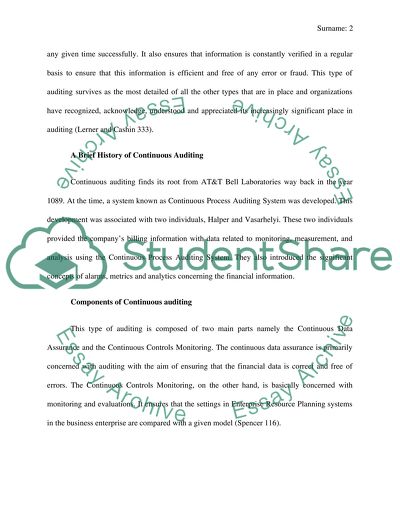Cite this document
(“Finance and Accounting Research Paper: Continuous Auditing Paper”, n.d.)
Finance and Accounting Research Paper: Continuous Auditing Paper. Retrieved from https://studentshare.org/finance-accounting/1402641-continuous-auditing
Finance and Accounting Research Paper: Continuous Auditing Paper. Retrieved from https://studentshare.org/finance-accounting/1402641-continuous-auditing
(Finance and Accounting Research Paper: Continuous Auditing Paper)
Finance and Accounting Research Paper: Continuous Auditing Paper. https://studentshare.org/finance-accounting/1402641-continuous-auditing.
Finance and Accounting Research Paper: Continuous Auditing Paper. https://studentshare.org/finance-accounting/1402641-continuous-auditing.
“Finance and Accounting Research Paper: Continuous Auditing Paper”, n.d. https://studentshare.org/finance-accounting/1402641-continuous-auditing.


